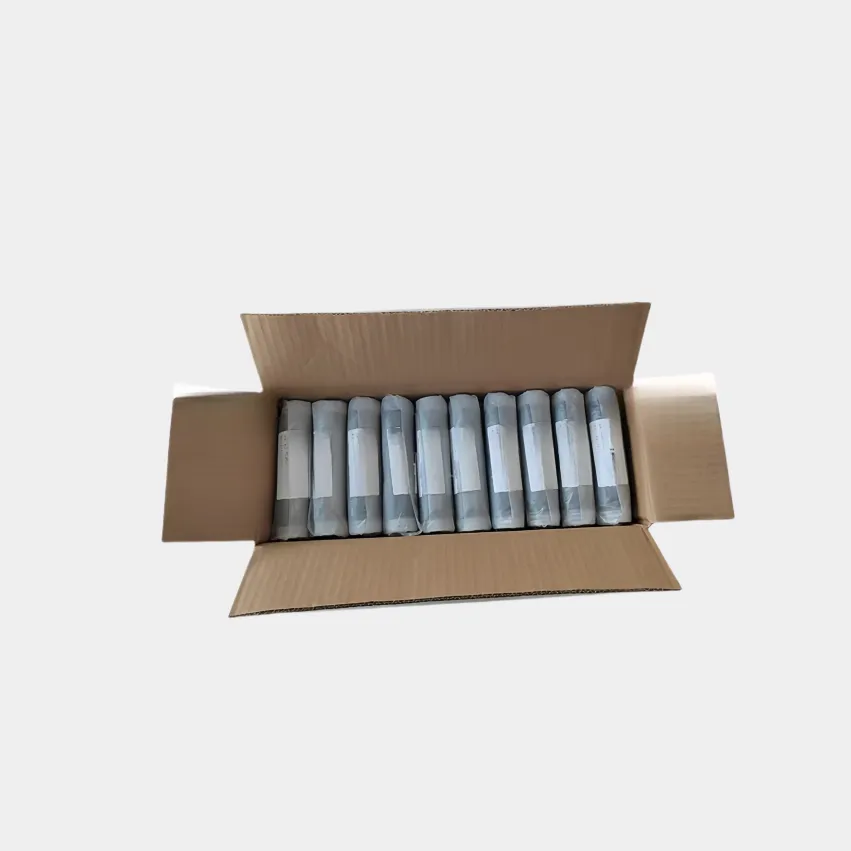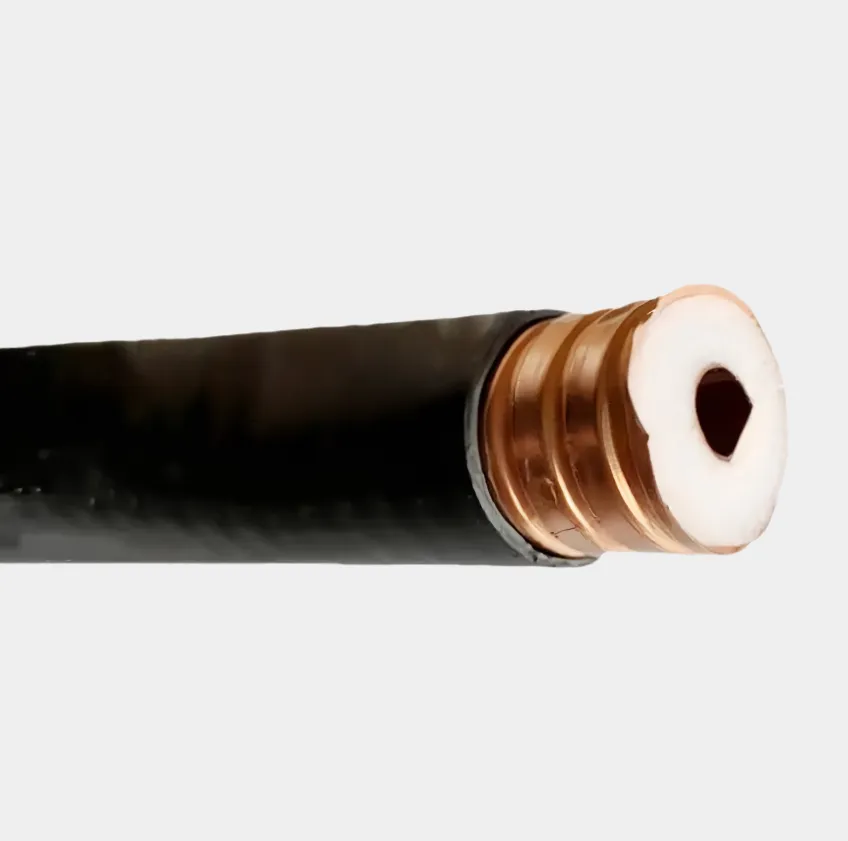Coaxial cables have long been a staple in internet connectivity, particularly in hybrid fiber coaxial (HFC) networks that power cable modem services worldwide. Their design—featuring a central conductor, insulating dielectric, metallic shielding, and outer jacket—enables them to carry both broadband internet and television signals simultaneously, leveraging frequency division multiplexing (FDM) to separate data streams. Modern coaxial internet systems adhere to DOCSIS (Data Over Cable Service Interface Specification) standards, with DOCSIS 3.1 supporting speeds up to 10 Gbps downstream and 1 Gbps upstream, rivaling fiber in many urban areas. Compared to Ethernet cables, coaxial offers greater signal integrity over longer distances (up to several hundred meters) with lower attenuation, making it suitable for neighborhood wide distribution. The shielding layer is critical here, as it reduces interference from nearby power lines or wireless signals, ensuring stable connectivity for applications like video conferencing or streaming. However, coaxial’s performance can degrade with excessive splices or outdated connectors, which is why providers often use high quality cables with robust shielding, such as those from Hebei Mailing, to minimize signal loss. In rural areas, coaxial may serve as a middle ground between DSL (slower) and fiber (costlier), offering a cost effective upgrade path. While fiber optics is gaining ground, coaxial remains relevant due to its existing infrastructure, ease of upgrades, and compatibility with MoCA (Multimedia over Coaxial Alliance) technology, which enables home networking over existing coaxial lines at gigabit speeds. For end users, ensuring the coaxial cable from the street to the modem is properly grounded and free of damage is key to maximizing internet performance.


